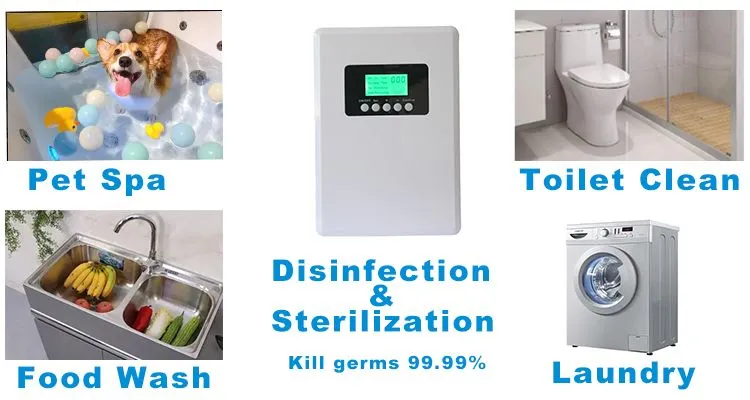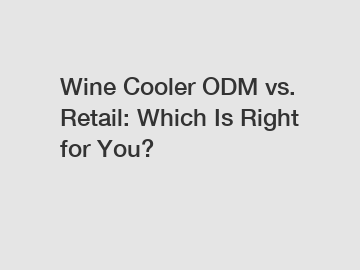Can I use an ozone machine in my house?
Addressing Common Concerns and Questions
Ozone machines, also known as ozone generators, have gained popularity as a solution for indoor air purification and odor removal. However, many homeowners have questions and concerns about their safety and effectiveness. In this guide, we'll delve into whether you can use an ozone machine in your house and address common queries surrounding their usage.
Understanding Ozone Machines
Ozone machines are devices that produce ozone gas, a powerful oxidizing agent, to purify the air by neutralizing odors, killing bacteria, and eliminating airborne pollutants. These machines work by releasing ozone molecules into the air, where they react with organic and inorganic compounds, breaking them down into simpler, harmless substances.
Can I Use an Ozone Machine in My House?
Yes, you can use an ozone machine in your house, but it's essential to do so with caution and consideration for safety guidelines. Ozone machines are commonly used to deodorize and sanitize indoor spaces, including homes, offices, cars, and recreational vehicles. However, it's crucial to understand the potential risks and limitations associated with ozone exposure.

Safety Considerations
While ozone machines can be effective at purifying indoor air, they can also pose health risks if not used properly. Here are some important safety considerations to keep in mind when using an ozone machine in your home:
Related links:
4 Tips to Select a BUILT-IN REFRIGERATOR for Your Chinese Kitchen
4 Tips to Select a BUILT-IN REFRIGERATOR in Chinese
Key Questions to Ask When Choosing WINE COOLER Suppliers
Top Wine Cooler Exporters to Consider Today
Ultimate Guide to CIGAR CABINET Services for Enthusiasts
Unlock Premium CIGAR CABINET Services for Connoisseurs
How to Choose BUILT-IN REFRIGERATOR Options?
1. Occupancy: Do not occupy the space being treated with ozone while the machine is running. Ozone gas can be harmful when inhaled in high concentrations and may cause respiratory irritation, coughing, chest discomfort, and other health issues.
2. Ventilation: Ensure adequate ventilation after ozone treatment to allow any remaining ozone gas to dissipate. Open windows and doors to allow fresh air to enter the treated area and help reduce ozone levels to safe levels.
3. Duration of Use: Follow the Home Ozone Generator manufacturer's instructions regarding the recommended duration of ozone treatment. Avoid prolonged exposure to high levels of ozone, as this can increase the risk of adverse health effects.
4. Occupant Sensitivity: Be mindful of individuals who may be more sensitive to ozone exposure, such as children, elderly individuals, and individuals with respiratory conditions like asthma or chronic obstructive pulmonary disease (COPD). Consider their health needs and consult with a healthcare professional if necessary.
Effectiveness
Ozone machines can be effective at removing odors, killing bacteria, and neutralizing airborne pollutants in indoor environments. However, their effectiveness may vary depending on factors such as the size of the space, the severity of the odor or contamination, and the duration of ozone treatment. It's essential to follow the manufacturer's instructions and use the ozone machine as directed to achieve the desired results.
Conclusion: Proceed with Caution
While ozone machines can be a useful tool for indoor air purification and odor removal, it's crucial to use them with caution and consideration for safety. By understanding the potential risks and following proper safety guidelines, you can effectively use an home ozone machine to improve the air quality in your home. If you have any concerns or questions about using an ozone machine, consult with a professional for guidance.
Top Tips for Importing Beverage Coolers: A Complete Guide
4 Tips to Select the Perfect WINE CELLAR Export
Choosing the Best Built-In Wine Cooler Exporter
The Benefits of Using a BUILT-IN WINE FRIDGE
Are Your Built-In Refrigerator’s Features Meeting Your Modern Needs?
How Can Beverage Coolers Enhance Your Home Entertaining Experience?
How to Choose the Best Beverage Cooler Makers?






